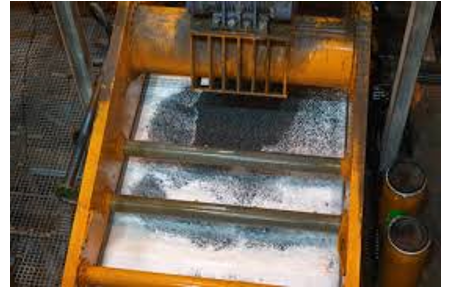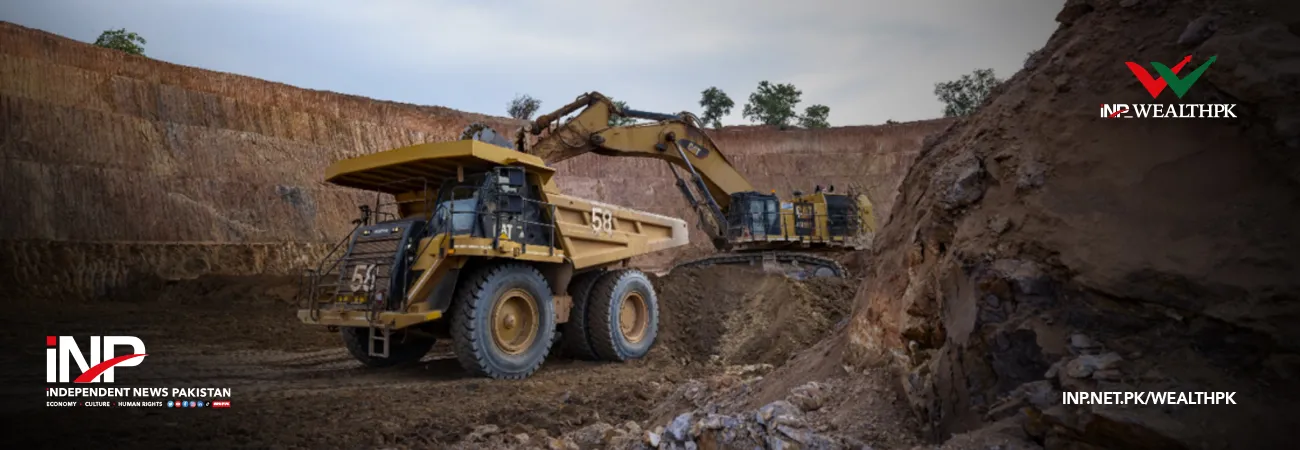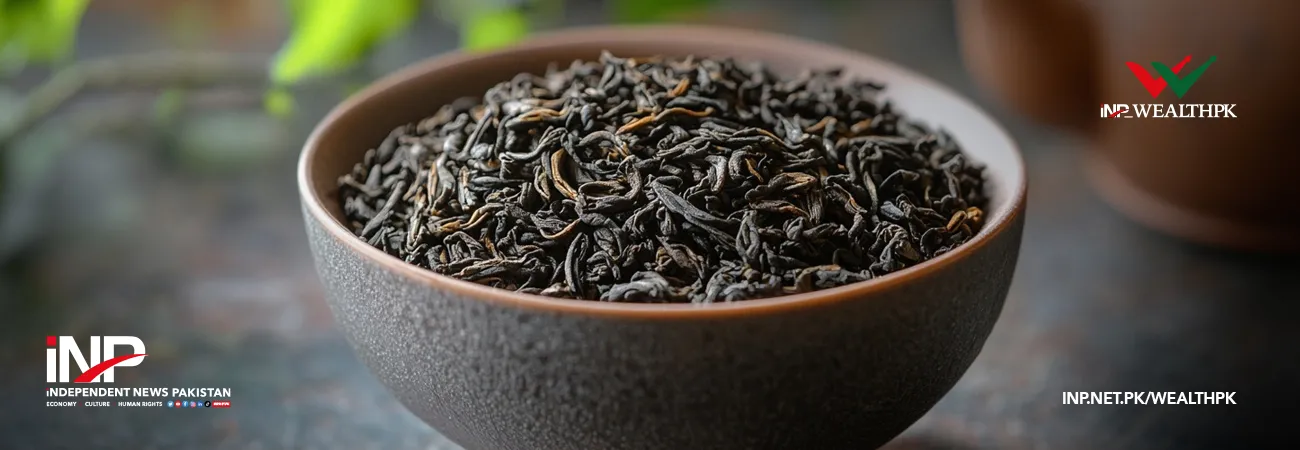INP-WealthPk
Faiza Tehseen
Despite Pakistan’s vast mineral resources for extracting refining and binding agents, significant amounts of foreign

exchange are still spent on their import. This practice harms the local mining industry and drives up production costs.
Talking to WealthPK, Abdul Bashir, chief geologist at Balochistan-based exploration firm Koh-e-Daleel Minerals Private Ltd, said that the government never paid its attention to the local processing of these agents. The local industrial units can use the required quantities of these agents, while the excess quantity can be exported for revenue generation, he said. “With a bit of attention from policymakers, Pakistan’s mineral sector has the potential to become more sustainable. Processing minerals for use as refining or bonding agents is neither too costly nor requires a complex setup.” Abdul Bashir explained these are the materials or substances to hold or draw other materials together. Binders can be dough-like or liquid materials and harden through a chemical or physical process to bind filler powder, fibres, or other added particles.
Lime and gypsum are the common examples of naturally occurring inorganic binders. Based on their chemical resistance, natural binders can be classified according to the field of use – non-hydraulic (gypsum, magnesia, hydrated lime); hydraulic (hydraulic lime); acid resistant (silicone fluoride cement, quartz cement); and autoclavable (wollastonite, a mineral that hardens at 170⁰ C to 300⁰). Some minerals used as binding or functional filler materials are barite, calcium carbonate, Quartz/silica, feldspar, and perlite. They are widely used in different industries, including plastic, rubber, and paint. Calcium carbonate is considered as the most inexpensive filler to produce bright opaque paper. It is also used as a mortar to bond bricks. Feldspar is used as a sizing agent and filler in textiles. Perlite is mostly used as a filler in roof insulation boards. He mentioned that clays are commonly used to refine certain metallic ores, petroleum, and edible oils. Kaolin and montmorillonite are among the most frequently used clays.
Sometimes chloride salts are also used for refining of aluminium alloy. He said the principal sources to extract the said minerals, occur in different rock formations including sedimentary, igneous, and metamorphic rocks. Talking to WealthPK about the indigenous processing of minerals, miner and geologist Imran Babar said most of these minerals are regularly mined but due to unawareness concerning their commercial use, miners sell them in raw form without knowing that only a little value addition can fetch them great economic benefits. He said minerals are mostly used in powdered form for filler or binding purposes. It can be done through simple units in different grades. Besides launching an awareness campaign, the government should support miners in establishing processing units.
Credit: INP-WealthPk













